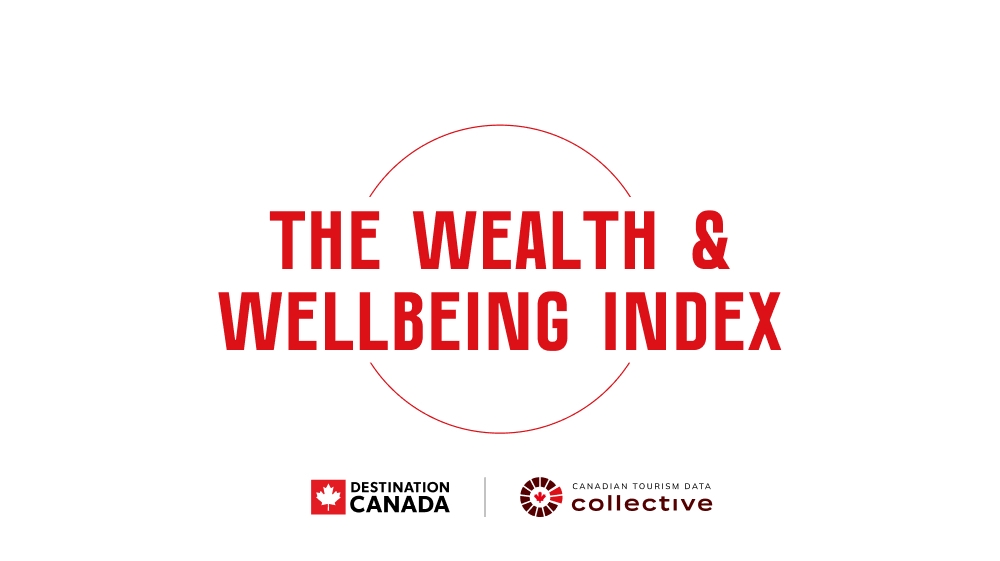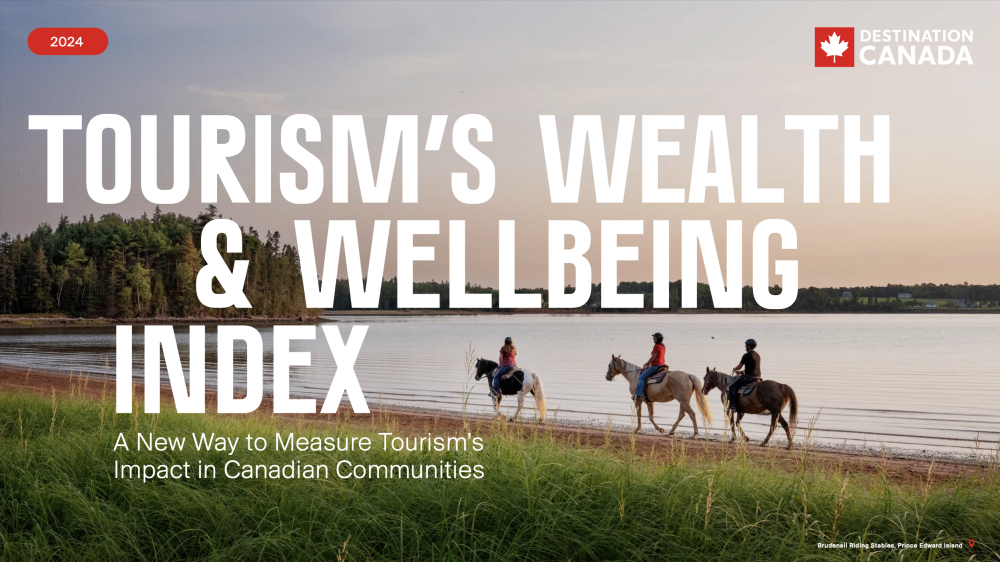Tourism’s Wealth & Wellbeing Index
Tourism’s Wealth & Wellbeing Index aligns with the United Nations’ Measuring Sustainability in Tourism (MST) framework, ensuring that our approach is consistent with global best practices in measuring sustainable tourism. Additionally, it supports the Sustainable Development Goals (SDGs) by measuring tourism’s economic, social, and environmental impacts, contributing to the global effort to promote inclusive and sustainable growth.


Introducing the Wealth & Wellbeing Index Report
Explore the Canadian tourism industry’s progress in economic, social, and environmental sustainability and resilience. Beyond traditional hospitality benchmarks, a healthy tourism sector positively impacts the economy, employment, the environment, and more. Dive into key national insights and regional highlights.

How are the indexes calculated
The Wealth and Wellbeing Index is calculated as an arithmetic mean of the six subindices, each composed of different categories. Indicators under each category are equally weighted and calculated as an arithmetic mean of these indicators. The Index utilizes clipping normalization with a 25% buffer above or below the minimum and maximum value of the data range to scale the variables between 0 and 100. Such a method helps control extreme values in a dataset, ensuring they don't significantly impact the overall analysis and visualization. Annually, the index score will be compared to the available data range and will progress year by year.


